Does It Matter What Ski Goggles I Have? Ultimate Buying Guide for Choosing the Right Ski Goggles
June 24, 2025 | Skiing, Skiing Eyewear, Skiing Tips, Skis
When you’re planning a ski trip, your focus may naturally go to skis, ski boots, and outerwear—but what about your ski goggles? You might ask: “Does it matter what ski goggles I have?” The answer is a strong yes. The right pair of ski goggles isn’t just about looking cool on the slopes—they’re critical for visibility, comfort, and eye protection in all weather conditions.
In this buying guide, we’ll explain why ski goggles matter, how different lens types impact your view, what size and shape fit best, and which features you should never skip. Whether you’re preparing for your first day on the slopes or upgrading your ski gear, this guide will help you choose ski goggles with confidence.
Why Do Ski Goggles Matter More Than You Think?
Ski goggles aren’t just another accessory—they’re designed to protect your eyes and enhance your skiing performance in variable light conditions. Snow reflects up to 80% of UV rays, which means your eyes are constantly exposed on the mountain. Good goggles with UV protection keep your vision safe from long-term damage.
Additionally, the right pair of ski goggles will reduce glare, improve visibility, and shield you from wind, fog, snow, and debris. Choosing poorly fitting or low-quality goggles can lead to discomfort, poor vision, and even danger while skiing.
How Do Ski Goggle Lenses Affect Visibility?
Your goggle lens determines how well you see in different environments. Lens tint, shape, and material directly impact visibility, especially in shifting weather conditions. For example, ski goggles with mirrored lenses reduce glare on bright sunny days, while yellow or rose-tinted lens goggles enhance contrast in low light.
The shape of the goggle lens also matters. Spherical lenses curve both horizontally and vertically, offering a wider field of vision and minimizing distortion. Cylindrical lenses, on the other hand, only curve horizontally and are more budget-friendly, but slightly limit peripheral vision.
What Is VLT and Why Is It Crucial for Lens Selection?
Visible Light Transmission (VLT) measures the amount of light that passes through your goggle lens. It’s one of the most important specs when selecting ski goggles. Lower VLT (5-20%) is ideal for bright conditions, while higher VLT (50-90%) works better for low light or cloudy days.
Here’s a quick VLT breakdown:
- Category 1 (High VLT): Best for snowy, cloudy days.
- Category 2–3: Versatile; works in most weather conditions.
- Category 3 (Low VLT): Great for sunny days on the mountain.
Knowing your typical ski area conditions helps you choose ski goggles with the right VLT.
Should I Choose Cylindrical or Spherical Ski Goggles?
Yes, it matters! The shape of the lens—spherical or cylindrical—affects more than just looks. It influences your field of vision, comfort, and clarity.
- Spherical lenses mimic the shape of the eye, providing better peripheral vision and less distortion. They’re preferred by pros.
- Cylindrical lenses are more affordable and perfectly fine for recreational skiers, though they may offer a narrower horizontal view.
Both types come with anti-fog treatment, and many modern goggles use high-quality materials to reduce distortion in either shape.
How Important Is Google Size and Fit for Comfort?
Choosing the right goggle size is just as important as picking the right lens. A goggles fit that’s too tight causes discomfort, while loose goggles may let snow or fog in.
Here’s what you need to know:
- Make sure your ski goggles fit your face snugly without pressure.
- Check if the foam lining is triple-layered for comfort and warmth.
- Try your ski goggles on with your helmet to ensure compatibility.
Some brands even provide a sizing guide, giving you a rough idea of what goggle size you need based on the shape of your face.
Can I Wear Glasses Under My Ski Goggles? (OTG Explained)
If you wear glasses, look for OTG ski goggles. OTG stands for “Over The Glasses,” and these goggles are designed with extra space in the goggle frame to accommodate prescription glasses.
Why OTG goggles matter:
- OTG ski goggles are designed with wider frames and deeper cutouts to fit the arms of the glasses.
- OTG ski goggles also provide the same UV protection, anti-fog, and lens quality as standard goggles.
This is a must-have if you need to fit your face and glasses together without discomfort or compromising your visibility.
What Role Does Ventilation and Anti-Fog Tech Play?
Nothing ruins a day faster than fogged-up goggles. Proper ventilation systems and anti-fog treatments are essential to maintain clear vision.
Look for these features:
- Double lens systems that create a thermal barrier to prevent fog.
- Anti-fog coating on the inner lens.
- Vented goggles that allow airflow to escape and reduce moisture buildup.
Make sure your ski helmet doesn’t block your goggle’s ventilation holes. Goggles are compatible with specific helmets, so always check before buying.
Are Interchangeable Lenses Worth It?
Yes, especially if you ski in a variety of light conditions. Interchangeable lenses let you swap out lens tints based on whether it’s sunny, cloudy, or snowing.
Benefits of interchangeable ski goggles:
- It allows you to change lenses quickly depending on the weather.
- Adaptable to low light or bright conditions without needing a second pair of goggles.
- Most modern systems use magnets or clips for easy switch-outs.
If you ski frequently or travel between different ski areas, this feature adds real value.
Photochromic vs. Polarised Lenses
Both have their advantages depending on your needs:
- Photochromic lenses automatically adjust to light conditions, darkening in bright sunlight and lightening in low light. They’re suitable for most light conditions and reduce the need to swap lenses.
- Polarised lenses are excellent for reducing glare, especially from reflective snow. They provide sharp contrast but don’t adjust to light.
Choosing between the two depends on your priorities: adaptability (photochromic) vs. glare reduction (polarised lenses).
How Should Goggles Fit with Your Ski Helmet?
A secure goggles and helmet fit is critical for comfort and performance. When buying ski goggles, always try them on with your ski helmet to ensure they sit properly on your face.
Look for:
- No gap between goggles and helmet (the dreaded “gaper gap”).
- A snug, non-sliding fit.
- Adjustable straps for a secure connection.
Most goggles come with straps that are designed to fit standard helmets, but it’s always safer to double-check, especially for kids or those with smaller heads.
Conclusion
Choosing the right ski goggles can significantly improve your performance, safety, and enjoyment on the mountain. They protect your eyes from UV rays, reduce glare, and enhance visibility in all light conditions, ensuring you can confidently navigate the slopes no matter the weather conditions. A well-fitted pair with the right lens tint, ventilation, and anti-fog features can make your ski trip more comfortable and far more enjoyable.
So yes—it matters what ski goggles you wear. Whether you need OTG goggles, prefer photochromic lenses, or are deciding between cylindrical and spherical shapes, taking time to choose the right pair ensures that your eyes stay protected and your vision stays clear every time you hit the mountain.
More Posts
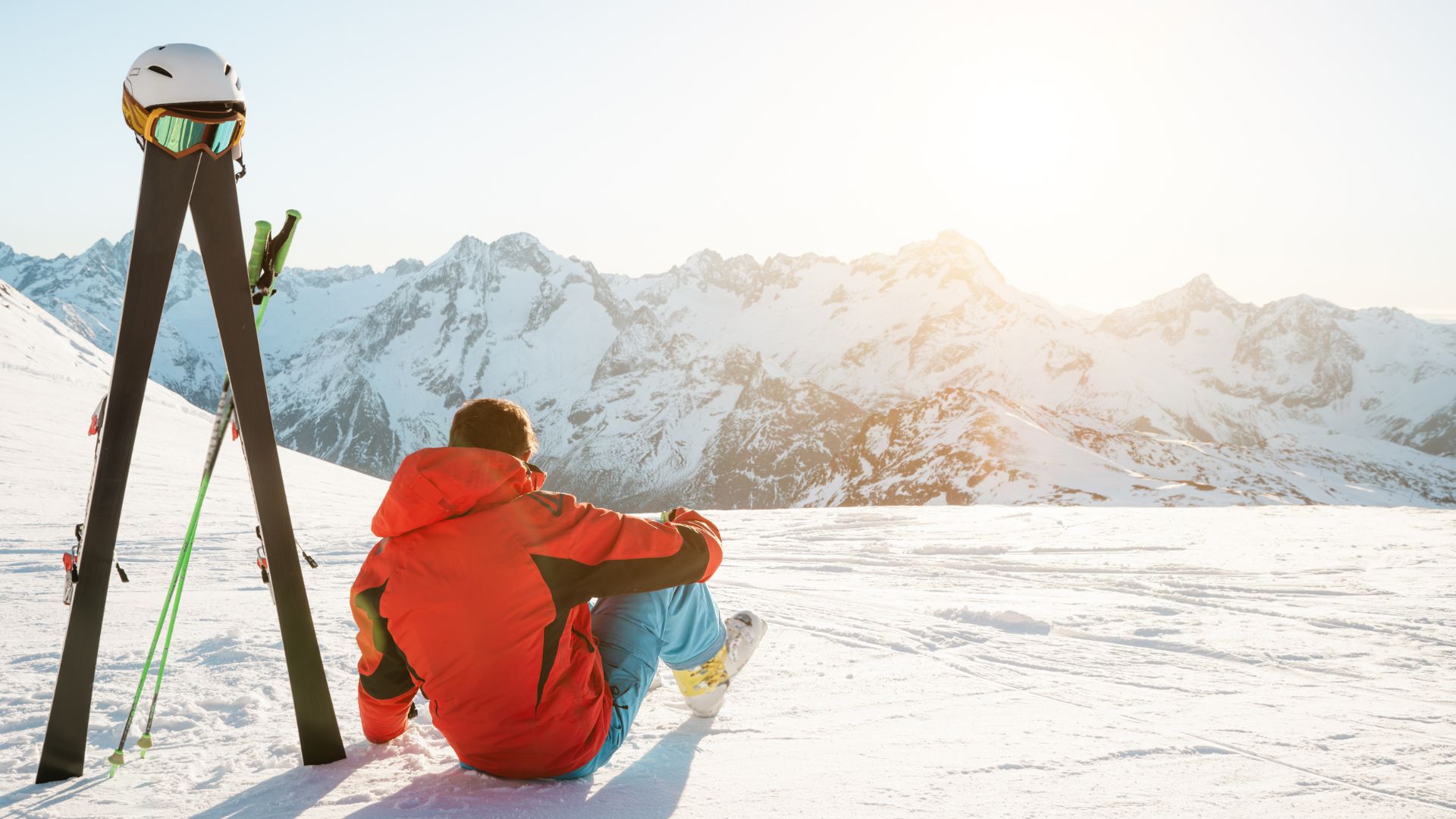
How to Avoid Altitude Sickness While Skiing
Skiing is an exhilarating winter sport, but for many, skiing at high altitude can bring...
read More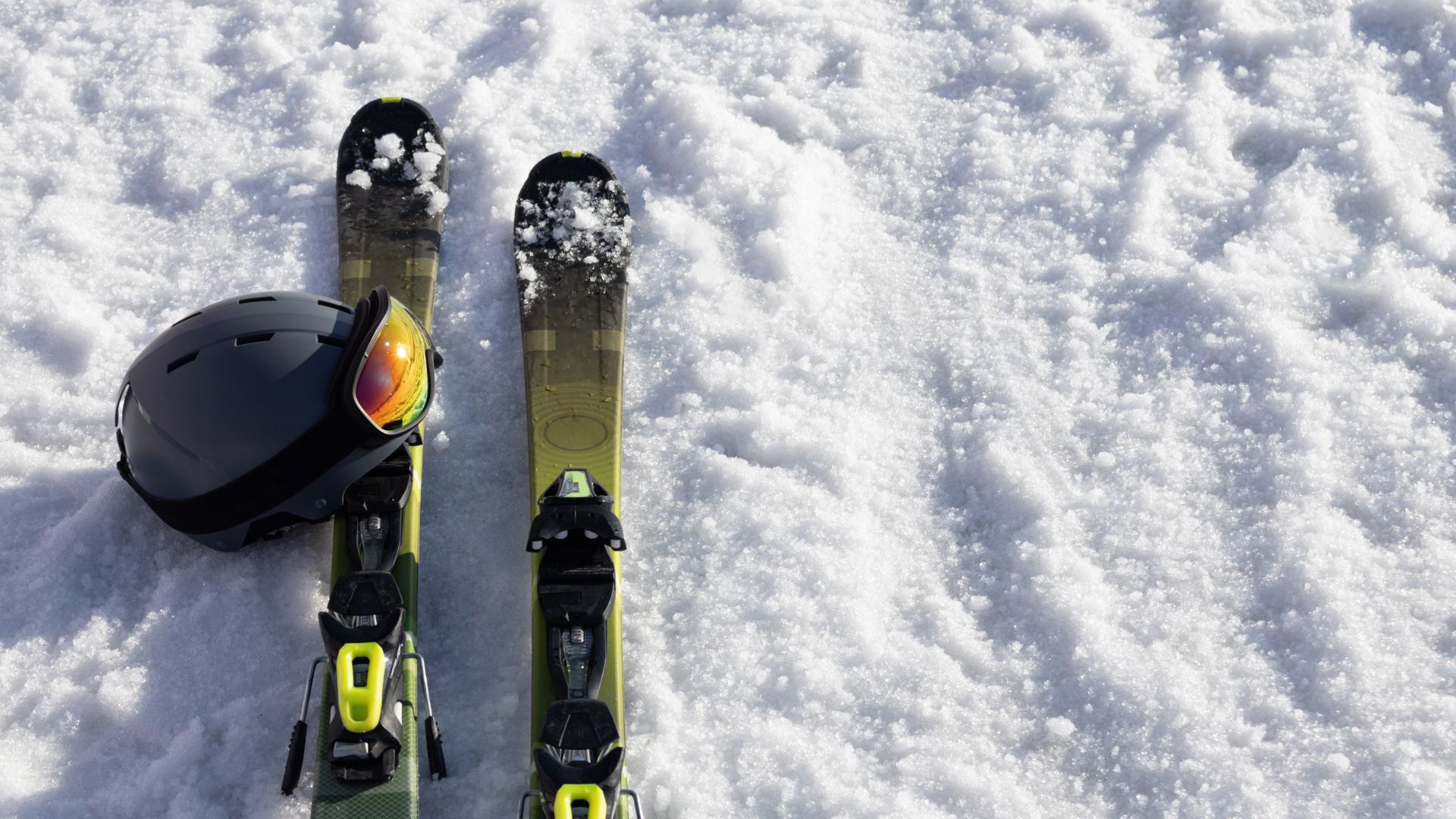
What Are the Best Skis for Beginners? A Complete Guide
If you are new to skiing, you may wonder what are the best skis for...
read More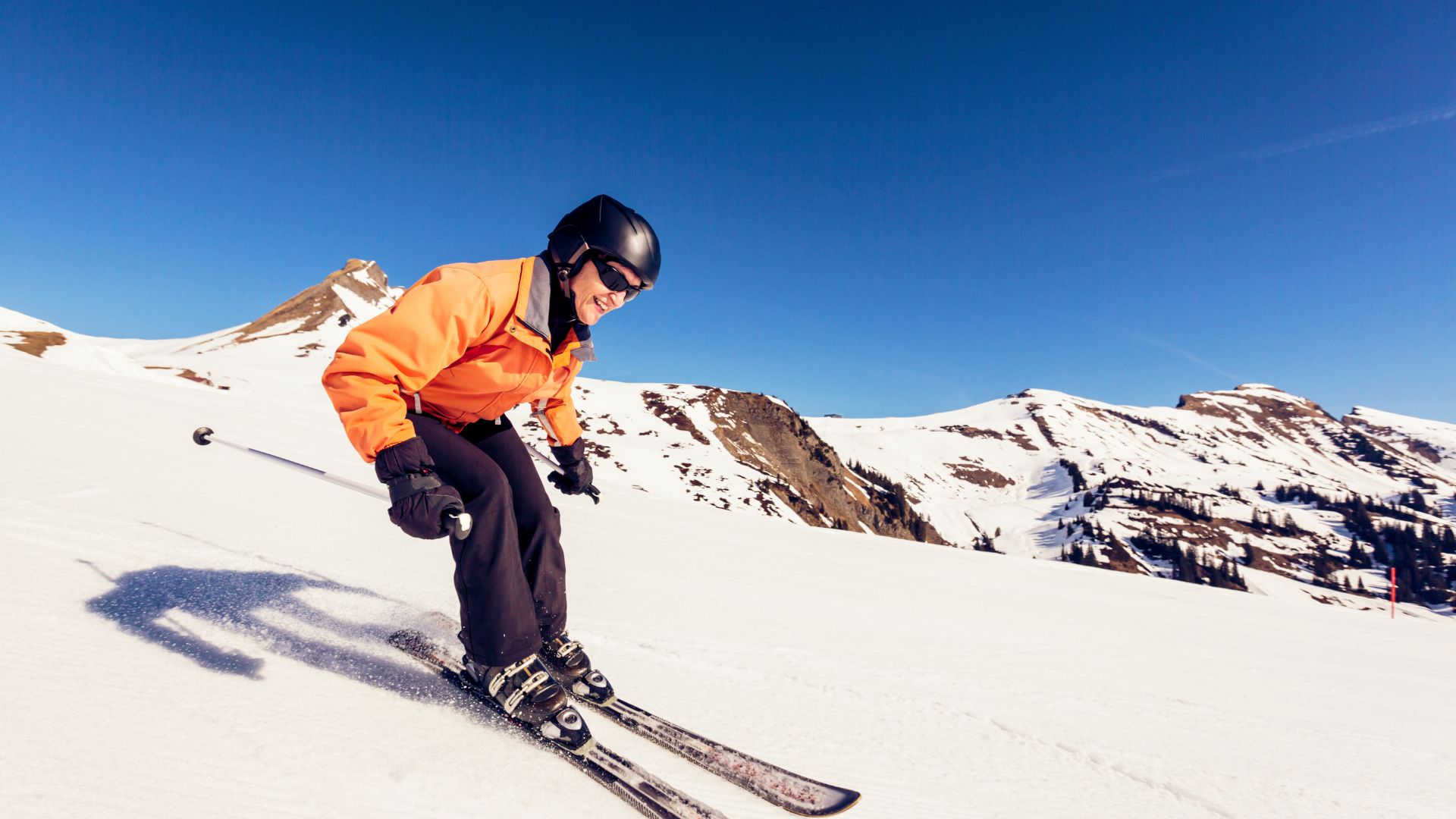
How Has Ski Technology Changed: The Evolution of Modern Skiing
Skiing has evolved immensely since its early days of wooden planks and leather straps. The...
read More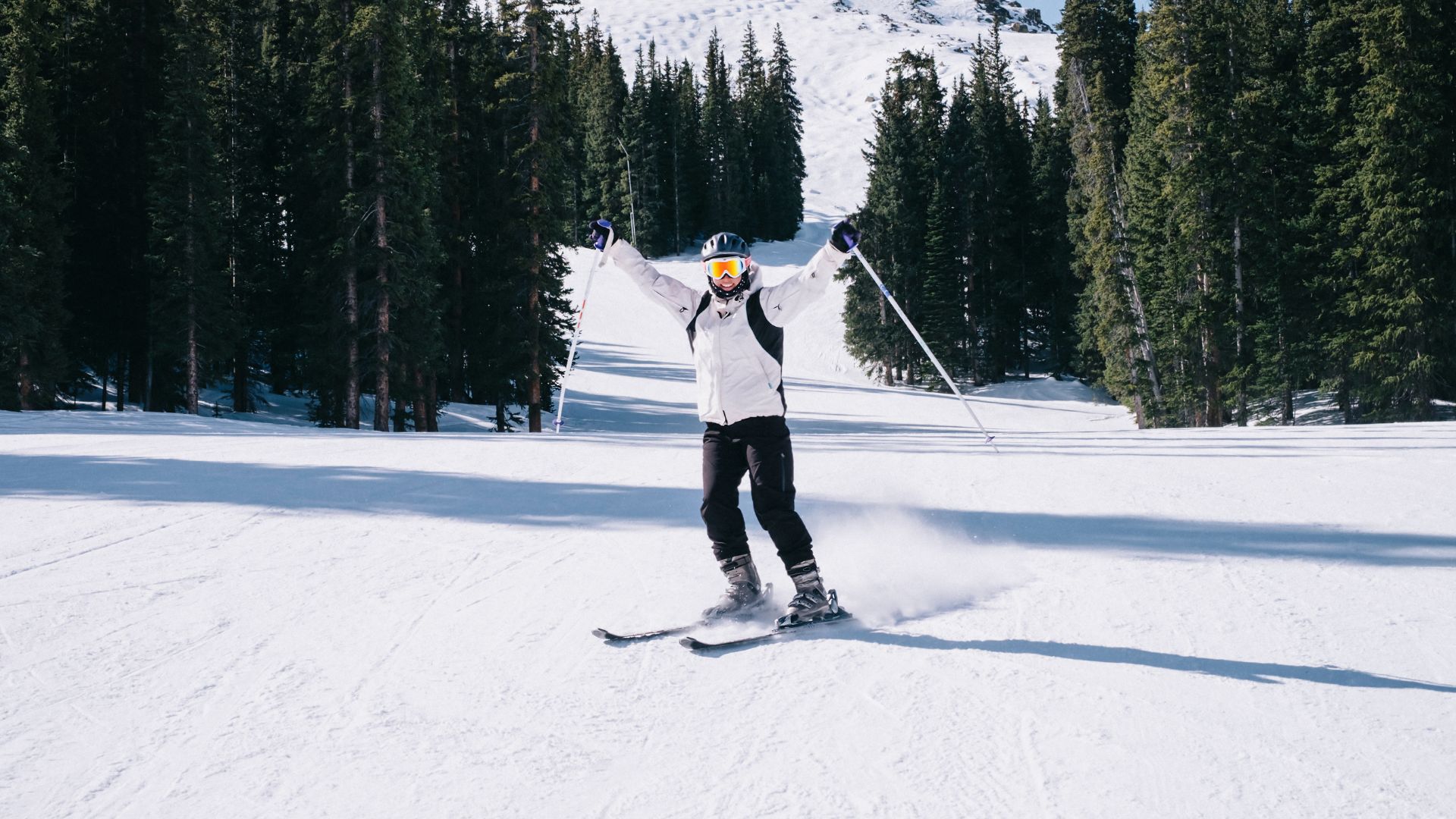
How to Improve Skiing Balance: Expert Tips for Better Control and Confidence
If you’ve ever wondered how to improve skiing balance, you’re already taking a crucial step...
read More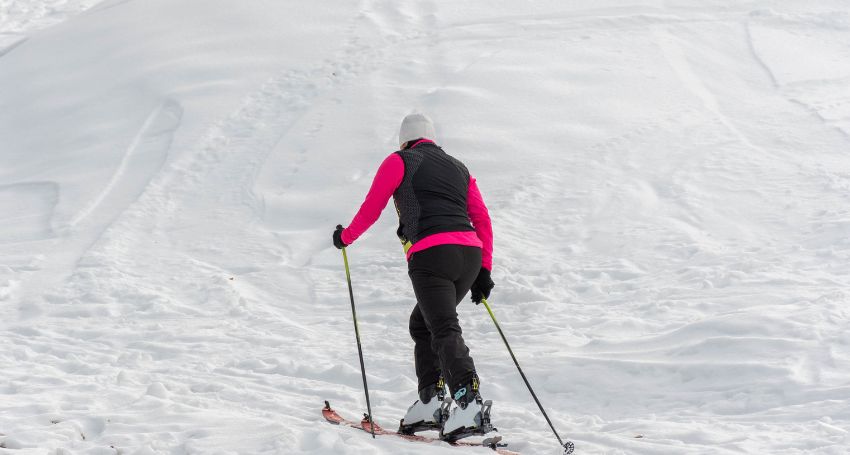
How to Parallel Ski for Beginners: A Complete Step-by-Step Guide
For many novice skiers, mastering how to parallel ski for beginners marks a major milestone...
read More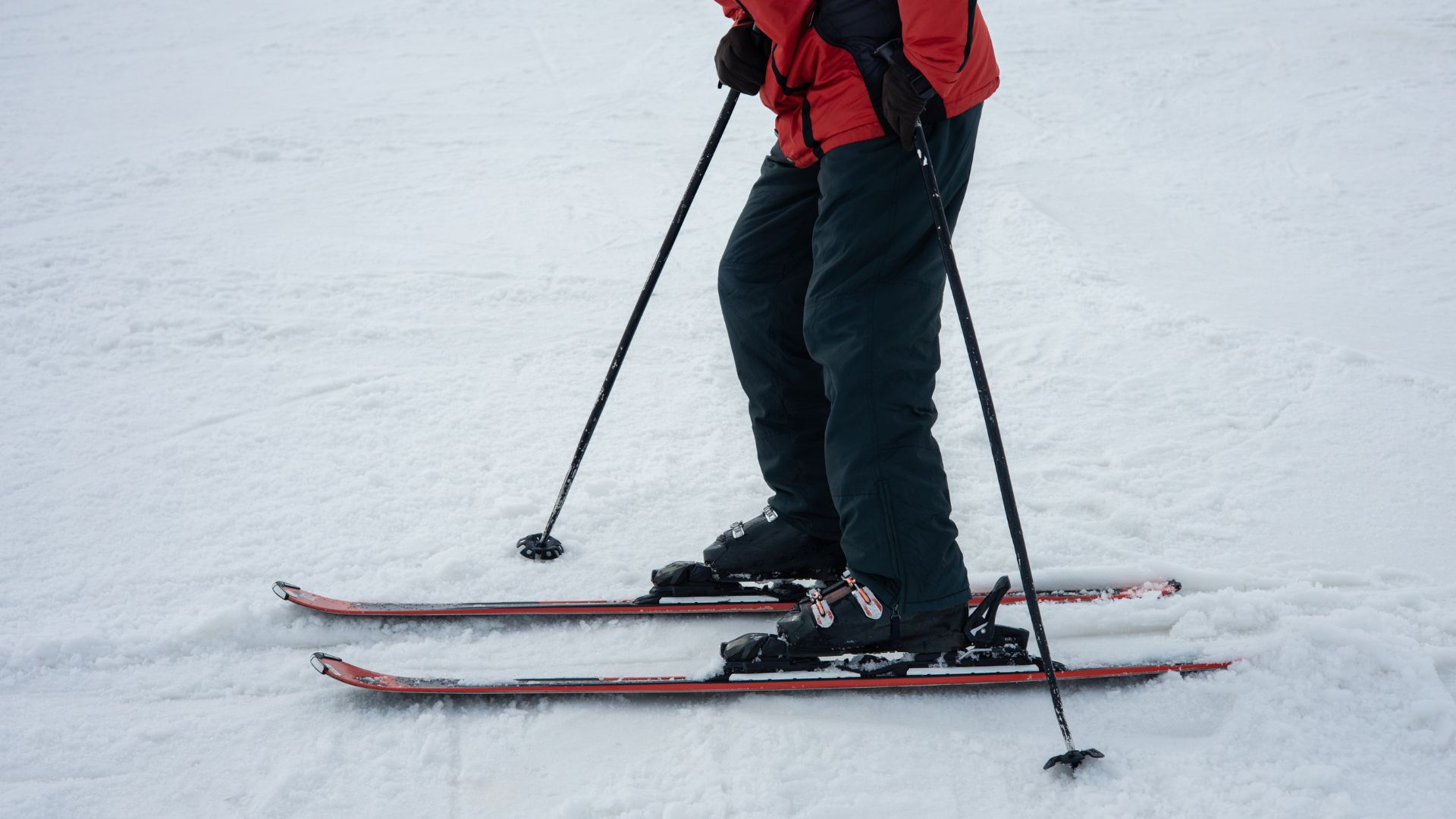
How to Parallel Ski: Master the Essential Technique
If you’ve ever admired experienced skiers gliding effortlessly down a slope, both skis perfectly aligned,...
read More